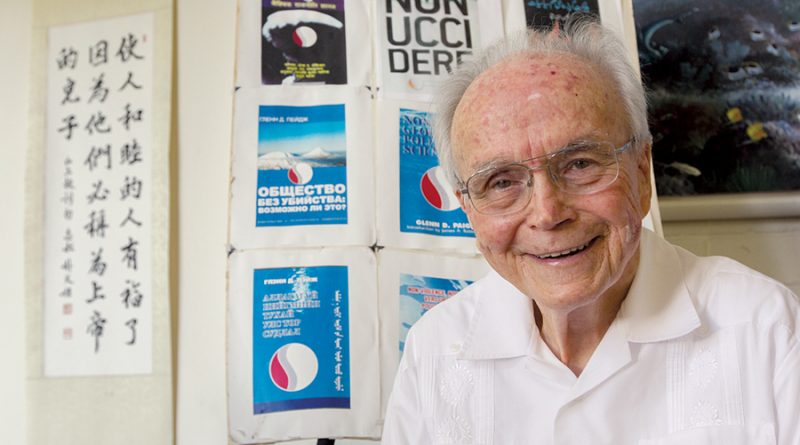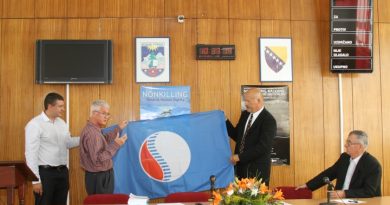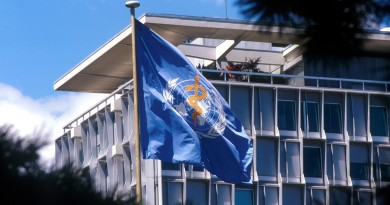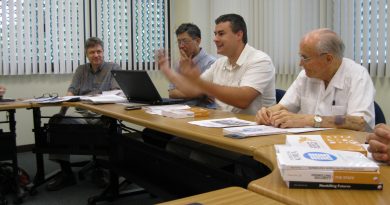A Day for Global Nonkilling, by Glenn D. Paige
The original idea for International Peace Day in 1981 was for combatants to temporarily ceasefire throughout the world. In 2001 the UN fixed the date as September 21. Practices now include a minute of silence, ringing peace bells, and various peace and domestic nonviolence activities.
It would be good for International Peace Day to become measurable as A Day for Global Nonkilling. That is, a day for humans to stop killing each other from homicide to war. The number killed in each country would be reported to the UN and announced by world media. A precedent is the first WHO World Report on Violence and Health (2002) which reported 1.6 million violent deaths by suicide (50%), homicide (30%), and collective violence (20%).
If killing can be stopped for one day, then the security, psychological, economic, environmental, and other benefits from nonkilling can gradually be extended and enjoyed every day by all. The estimated cost of U.S. nuclear weapons alone, 1940-2005, is $7.5 trillion, nearly half of today’s $16 trillion national debt.
The reason to focus on “nonkilling” rather than “peace” is that neither peace nor any other human purpose can be pursued from birth to death if we are not killed. Nonkilling is the alpha and omega of life.
To prepare for A Day for Global Nonkilling, leaders and people of each country need to ask themselves, “What are our country’s capabilities for nonkilling?” These may be found in spiritual faiths, traditional practices, nonviolent heroes and heroines, nonkilling expressions in music and arts, and successful or attempted policies
for disarmament, abolition of the death penalty, and recognition of conscientious objection to killing in military service. One fact all countries share. Most people in them do not kill and never have.
An inspiring contribution Colombia can make to A Day for Global Nonkilling is the leadership legacy of Antioquia Governor Guillermo Gaviria and those who accompanied him on the nonviolent March to Caicedo in 2002.” He had ordered the police and army not to protect the March and not to rescue him or retaliate if he were kidnapped or killed. His needless killing along with Peace Commissioner Gilberto Echeverri and others in 2003 was not a failure of nonviolence. It was the failure of continued commitment to killing by the government and the FARC.
In his “Diario de un gobernador secuestrado” (2005), published in English as “Diary of a Kidnapped Colombian Governor” (2010), Governor Gaviria notes reading “Nonkilling Global Political Science” (2002) and thinking creatively about policies and
institutions needed for a Nonkilling Colombia. On March 10, he asked the First Lady, “How is the planning going for the Global Center for Nonviolence that I proposed for Medellin?”
Thus on Peace Day 2012 Colombians might think of making it A Day for Global Nonkilling and establishing a Colombian Center for Nonkilling in remembrance of Governor Gaviria, all those who have been killed, and all those who have worked for nonkilling in one of the world’s most beautiful countries.
Glenn D. Paige, Chair, Center for Global Nonkilling (www.nonkilling.org). Author of “No matar es posible” (2012), published by Universitat Jaume I in Spain.
Submitted for publication by “El Mundo”, Medellín, Peace Day 2012.




